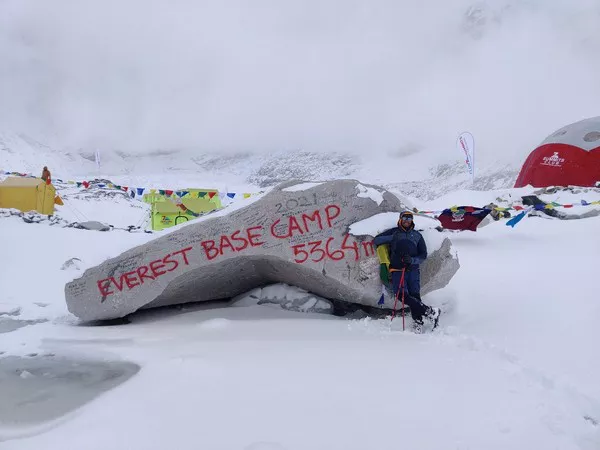Embarking on a trek to Everest Base Camp is a dream for many adventure seekers, offering a chance to witness the majestic Himalayas up close and personal. One of the common questions that arises when planning this iconic journey is: how long does it take to trek to Everest Base Camp? The answer can vary depending on the route chosen, personal fitness levels, and the time allocated for acclimatization. In this article, we will delve into the details of different trekking routes, typical itineraries, and factors that influence the duration of this unforgettable trek.
Understanding the Routes
The trek to Everest Base Camp can be approached from various starting points, each influencing the overall duration of the journey. The classic trek typically starts from Lukla, a small town in the Khumbu region of Nepal, accessible by a short flight from Kathmandu. From Lukla, trekkers follow a well-trodden trail that passes through picturesque Sherpa villages, dense forests, and high-altitude landscapes.
An alternative route, less frequented but equally captivating, is the trek from Jiri. This route adds considerable length to the journey as it involves several days of walking through lower-altitude terrain before meeting the main trail at Namche Bazaar. The Jiri route is ideal for those seeking a more gradual ascent and additional cultural immersion.
Standard Itineraries
The most common itinerary for the Everest Base Camp trek spans around 12 to 14 days, providing sufficient time for acclimatization and allowing for a gradual ascent to higher altitudes. A typical schedule might look like this:
- Day 1: Fly from Kathmandu to Lukla, trek to Phakding
- Day 2: Trek from Phakding to Namche Bazaar
- Day 3: Acclimatization day in Namche Bazaar
- Day 4: Trek from Namche Bazaar to Tengboche
- Day 5: Trek from Tengboche to Dingboche
- Day 6: Acclimatization day in Dingboche
- Day 7: Trek from Dingboche to Lobuche
- Day 8: Trek from Lobuche to Gorak Shep, hike to Everest Base Camp
- Day 9: Hike to Kala Patthar, trek back to Pheriche
- Day 10: Trek from Pheriche to Namche Bazaar
- Day 11: Trek from Namche Bazaar to Lukla
- Day 12: Fly from Lukla back to Kathmandu
This itinerary allows for gradual altitude gain, with strategic acclimatization stops to minimize the risk of altitude sickness. However, variations in itineraries are possible based on individual preferences and physical condition.
Factors Influencing Trek Duration
Several factors can influence the total duration of the Everest Base Camp trek:
1. Fitness Level: Trekkers with a higher level of fitness may cover distances more quickly, while those less fit might prefer a more relaxed pace.
2. Acclimatization Needs: Adequate acclimatization is crucial at high altitudes to prevent altitude-related illnesses. It’s recommended to include rest days in the itinerary for this purpose.
3. Route Variations: Opting for longer or less-traveled routes like the Jiri route will naturally extend the trek’s duration.
4. Weather Conditions: Unpredictable weather in the Himalayas can sometimes cause delays in flights to and from Lukla, affecting the overall duration of the trek.
Choosing the Right Duration
While the standard Everest Base Camp trek takes around two weeks, there are options for shorter or longer itineraries depending on personal preferences and constraints:
1. Shorter Itineraries: For those with limited time, it’s possible to complete the trek in 10 days or even less by flying in and out of Lukla. However, this may not allow for adequate acclimatization.
2. Longer Itineraries: Some trekkers prefer a more leisurely pace, opting for 16 to 18-day itineraries that include additional rest days or side trips to explore nearby valleys and viewpoints.
It’s essential to strike a balance between covering the distance comfortably and allowing enough time for acclimatization to fully enjoy the experience without health risks.
Conclusion
The trek to Everest Base Camp is not just a physical journey; it’s an immersive experience that offers breathtaking landscapes, cultural encounters, and personal challenges. The duration of this trek can vary widely based on route choices, fitness levels, and individual preferences. Whether completing the classic trek in two weeks or opting for a longer, more immersive journey, the ultimate goal remains the same: to stand in awe of the world’s highest peak and immerse oneself in the beauty of the Himalayas. By understanding the various factors that influence the duration of the trek, adventurers can plan a journey that is both rewarding and safe, ensuring memories that last a lifetime.

